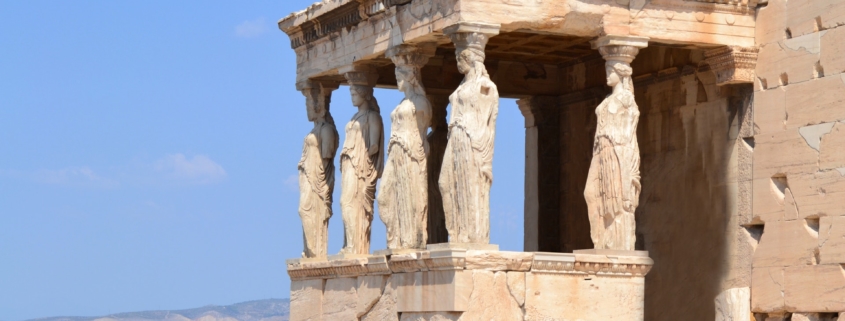Winter School ‘Sharing Practices: Archaeological 3D Visualisation In The Netherlands’ – 20-22/02/2020
Sharing Practices: Archaeological 3D Visualisation In The Netherlands
20-22 February 2020
2 EC
CALL WORKSHOP REGISTRATION (20 February 2020)!
You have until 17 January 2020 to register for the Workshops session of Sharing Practices: Archaeological 3D Visualisation in the Netherlands (day 1, 20 February 2020). Please register your prefered workshops by email to info@3dvisualisationpractices.nl
Registration for the symposium (day 2, 21 February 2020) opens soon!
http://www.3dvisualisationpractices.nl/
The Archon Winter School 2020 goes beyond traditional research boundaries and seeks to establish a cross-disciplinary community of practice of young researchers in the Netherlands with a shared interest in 3D visualisation of (archaeological) heritage. The Winter School combines hands-on practical workshops on a wide range of 3D applications, a symposium, and a roundtable discussion on the methodological issues of practical advances that will contribute to a set of in-depth guidelines for visualisation of archaeological research.
Archaeologists have always used cutting-edge techniques to visualise research outcomes and to shape the otherwise abstract reasoning processes and complex physical corollaries to guide and assist the course of research. These visualisation techniques vary from simple scribbles to highly elaborate 3D reconstructions or scale models. Today, computer models and 3D visualisations are no longer restricted to the ‘hard sciences’, and instead, are becoming embedded as research method in the Humanities. Within this field, archaeologists are considered front runners in adopting and adapting state-of-the-art visualisation techniques to represent past cultures.
This Winter School seeks to unite scholars from the myriad of iterations in archaeology and heritage concerned with digital data visualisation such as Digital-, Cyber- and Virtual Archaeology, Digital Heritage (DH), virtual heritage, e-heritage, new heritage, digital history and much more (Grosman 2016; Thwaites 2013). Typically, these groups of specialists present their work at one particular DH conference, while digital archaeologists present in specific sessions on digital issues and graphic artists are not represented in either of these. Nonetheless, these groups share a common ground: the use of digital tools in research to visualise historical processes and to build explanatory models, whether this is about lost medieval houses in Amsterdam or potter strategies in the Mediterranean Bronze Age. This workshop challenges us to explore and assess if a broader common ground can be identified by bringing together young researchers and experienced scholars from a wide array of specialisations across archaeology and the Digital Humanities.
The workshops, presentations and discussions of this Winter School should subsequently lay the foundations of a best practice for archaeological visualisation, which could contribute to the general set of guidelines that the London Charter now provides. This methodology should include solutions on visualising uncertainties and gaps in available (historical) data, guidelines for the documentation of the course of research (i.e. choices made, selection procedures, assessment of data, also known as paradata) to maintain transparency, and issues concerning data archiving, sustainability and accessibility.
General information about the setup of the winter school
The Archon Winter School, to be held at the RCE in Amersfoort and a venue TBA, is a three-day event with a strong practical and educational component in the form of workshops on the first day, followed by a symposium on the second day and closed by a roundtable discussion on the third day.
The symposium on the second day is subdivided in three thematic, but cross-disciplinary, sessions: 3D visualisation as a research tool; conceptualising and formalising virtual reconstruction process; and 3D (web) archives, accessibility and publication. Every session will be introduced by an experienced senior researcher in the field. Specialists from all archaeological subdisciplines – from osteoarchaeology via architecture to pottery studies – who use 3D visualisation methods to assist and enhance their research will have the possibility to share their practice with peers and embed this in a broader community of practice. The symposium aims to reflect on the practicalities of 3D visualisation gained on the first day and offer greater theoretical embedding of 3D visualisation methods and their role in knowledge production, which will be very useful for students to attend.
The last (half) day is dedicated to a roundtable discussion focusing on the outcomes of the first two days, merging the practical and theoretical into a set of standards with the aim of forging a working methodology. Students are more than welcome to attend and learn from this round table.
Programme: http://www.3dvisualisationpractices.nl/programme/
Venue 20 & 21 February: Rijksdienst voor Cultureel Erfgoed. Smallepad 5, Amersfoort.
Venue 22 February: Potgieterzaal (C0.01) , University Library UvA. Singel 425, Amsterdam.
Registration: Registration for attending the symposium, workshops and the conference dinner opens early December.


